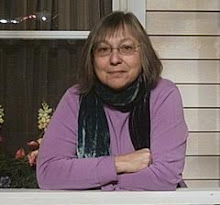
Among those buried here are several giants of American history such as Alexander Hamilton (First Secretary of the Treasury), Robert Fulton (inventor of the steamboat), Captain James Lawrence (naval officer who uttered the famous dying words "Don’t give up the
 ship!"), and Albert Gallatin (founder of the House Committee on Finance and NYU). Amidst the graves of these well-known historical figures is the grave of Elizabeth Schuyler Hamilton, the widow of Alexander Hamilton, who died in the infamous duel with Aaron Burr. Hamilton's death left her destitute. She nevertheless defended his reputation against sexual scandals and financial improprieties and went on to found the New York Orphan Asylum Society in 1806, an agency that still functions today under the name of Graham-Windham.
ship!"), and Albert Gallatin (founder of the House Committee on Finance and NYU). Amidst the graves of these well-known historical figures is the grave of Elizabeth Schuyler Hamilton, the widow of Alexander Hamilton, who died in the infamous duel with Aaron Burr. Hamilton's death left her destitute. She nevertheless defended his reputation against sexual scandals and financial improprieties and went on to found the New York Orphan Asylum Society in 1806, an agency that still functions today under the name of Graham-Windham. Another page of American History is represented by the grave of Charlotte Temple, the eponymous heroine of the book, Charlotte: A Tale of Truth, by Susanna Rowson. The book was published in 1794 and became America’s first best seller and is still in print today. Charlotte's life is the stuff of opera librettos. She was seduced by an officer in the British Army, brought to America unbeknownst to her family. She was then abandoned, left pregnant, alone and penniless in the New World. Her heartbroken parents searched for their only child. Her father arrived in America just before she died after giving birth to a daughter named Lucy.
There are many people with interesting stories buried here. Take a walk through the churchyard, choose a name that catches your fancy and google away.







